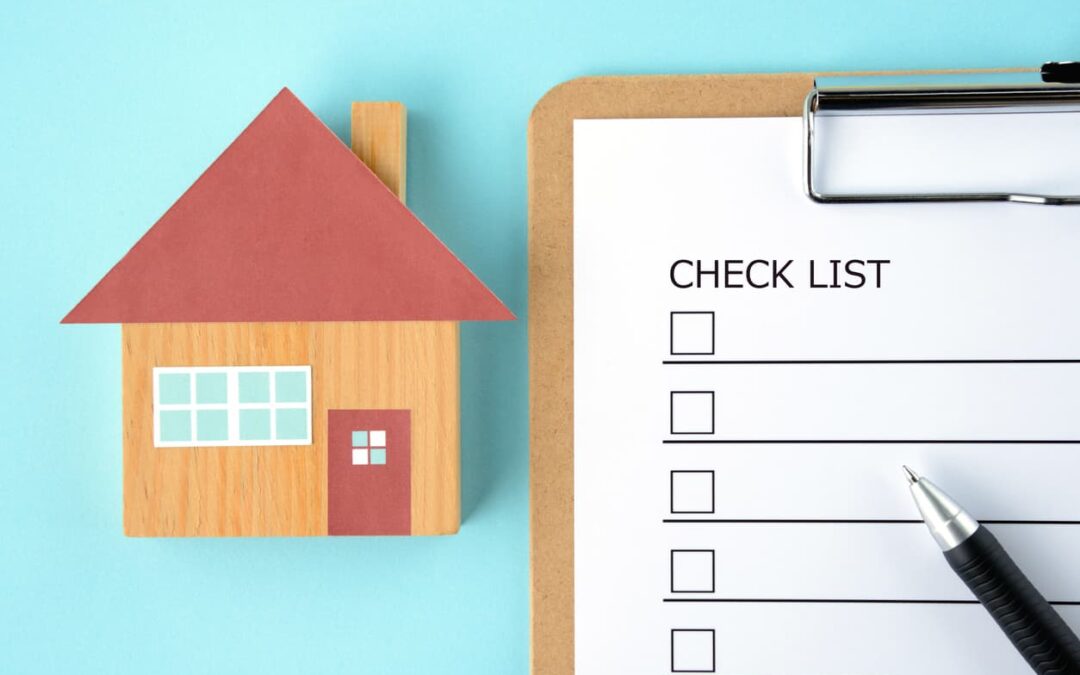Homeowners or renters insurance claims become a lot easier when you can prove what’s been lost or damaged.
How many personal possessions can you list without naming visible items? There are bound to be a few things that slip the memories of most insured homeowners until it’s too late. The worst way to be reminded of this is by finding that items have been damaged, destroyed, or stolen.
Any decent home insurance policy will have some coverage for central contents, adjoining areas like a garage, and items stored externally in vehicles. A renters policy will also look after possessions inside and sometimes outside your residence.
While that’s a comfort, homeowners and renters can easily run into trouble filing a claim without sufficient proof of what’s been impacted. Proactively taking a home inventory helps make things much easier.
It can also adjust your current rates and what’s covered if the number of your possessions has changed or they’ve appreciated or depreciated in value.
How to get started with your home inventory
As soon as possible is the best time to begin! And it doesn’t have to be very difficult, no matter how long you’ve been living in your current home. There are several apps available to make the process as painless as possible. The key is to start small and dedicate yourself to inventorying one room’s contents at a time. Set items into categories and record the model and make of things that require information.
Taking photographs of everything is indispensable. It’s a safeguard against the fallibility of human memory and provides a visual record of the existence and condition of every item. Photos should be taken in three stages: room-wide shots, the item as it rests in the home, and a solo shot of the object itself. Smartphones make it easy to take these images and record a walkthrough video of every room. The latter provides both a visual and audio-commentary record of the room’s contents.
Look for and record as many identifying details as you can on relevant items, such as maker’s marks and serial numbers. These can assist with contacting the manufacturer for item details in the event of damage or loss. Don’t forget to work up and down to the attics, basements, and other places containing your possessions, such as garages or self-storage facilities.
Some things will have special value
Certain possessions are more financially or emotionally valuable than others. So, it’s essential to make a special note of these items and consider taking out a little extra insurance on them.
These additional policies are called “floaters” and sometimes “riders.” They can cover any item up to its appraised value. Beyond that, you may choose to raise your liability limit; speak to your advisor to set an acceptable figure if you go that route.
Setting an inventory value
The next step is to record when you bought each item and what it cost at the time of purchase; estimate those two details as best as possible. A good habit to get into is keeping receipts (or storing digital photos of receipts) for significant purchases. Those hard numbers will help set coverage rates and receive accurate compensation if you need it.
With so many purchases being made online, there’s typically an email receipt stating the cost of the item. There’s also usually an online record in your customer account with a retailer or distributor. Some backtracking through your purchase history to get the correct data may be required, and you can assign a specific folder in your email inbox for purchases.
Once you have an itemized value for everything you own, tally up those numbers for a final figure; that’s the amount you’ll need to be covered for unless you can stand to lose some things. Be sure to ask the insurer if your policy delivers the “replacement value” or the “fair market value” for any lost or damaged items.
The former is usually more desirable, as it provides funds to replace the item with one of comparable value, while the latter usually results in receiving the depreciated value of the item.
Safely storing inventory records
The more accessible copies you have of your inventory, the better. The ideal approach is to keep paper records and store everything in one or two digital locations. The cloud and/or a USB drive are a good combination in the event inventory details on your hard drive become corrupted or lost. Any paper records should ideally be produced in duplicate.
Inventories can also help at tax time or with disaster relief
Some homes are hit harder than others when claims are necessary. Natural disasters like floods, tornados, or fires can be catastrophic. In those scenarios, the damage to a home and its contents may be so extreme that the owner or renter could qualify for disaster assistance, a tax break, or both.
Whether eligibility becomes a reality is another matter, however. Outside financial relief may be impossible if there’s no proof of loss, and a home inventory provides precisely that.
What if I don’t have any coverage at the moment?
Not having a home or renters insurance policy is always a risk, but a contents inventory helps here, as well. It assists in setting the level of protection you’ll need when you begin considering providers and policies. A good inventory can help you avoid being overcharged or underfunded should an incident occur.
Talk to the home insurance experts with any questions
Inventories can take a little time, but they’re well worth the effort. There’s a chance you’ll save money on your current rates, plus you have the peace of mind that you’ll be paid out appropriately if something bad happens.
The NICRIS team is always here to provide home or renters coverage that helps keep your possessions protected. You can contact us for a free, personalized review or ask any insurance questions by dropping us a line.

